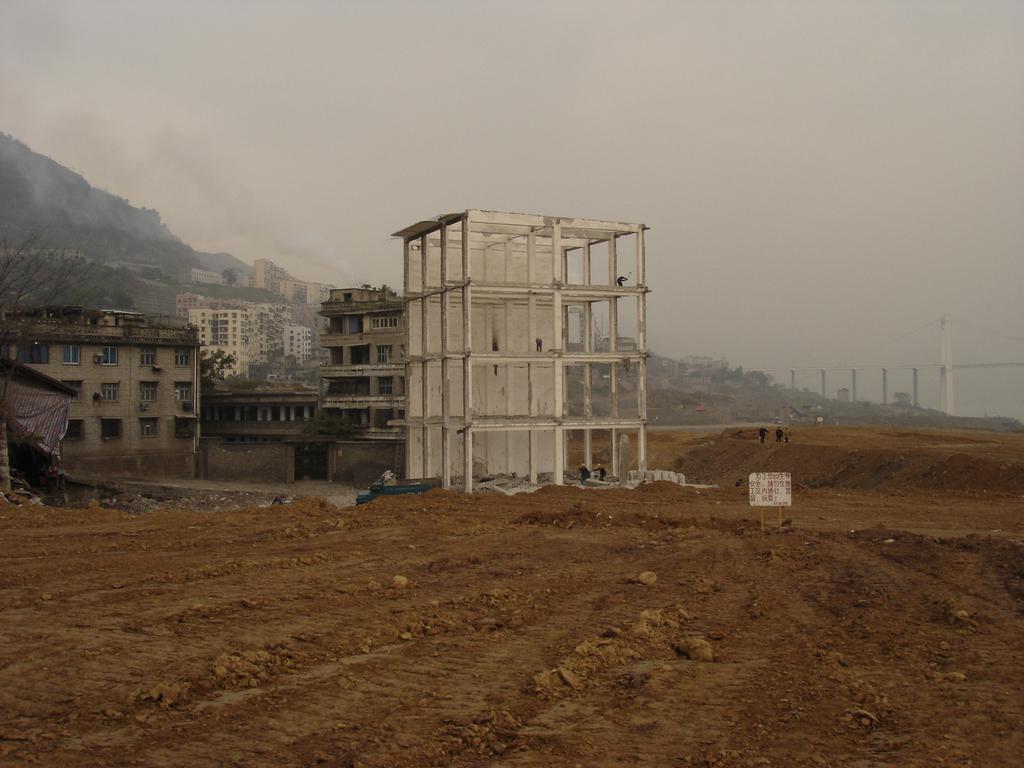CHAPTER 4: PARALLEL SCREENS

A semi-permanent cinema at the LAAC, with a programme drawn up by Pascale Cassagnau, critic and curator, in collaboration with the artistic directors.
While Workers Leaving the Lumière Factory in Lyon (1895) by the Lumière brothers and Man with a Movie Camera (1929) by Dziga Vertov embody the first emblematic films in the history of cinema, they also constitute mirrors by which cinema represented and reflected upon the theme of “work”, with the film-makers carrying out veritable urban, everyday field studies.
Contemporaneous with the birth of cinema, modern urban space was imagined and shaped in the manner of a film, via successive collages, editings, an architecture of light… The cityscape, work and cinema maintain numerous interrelationships, from their representations to their metaphors, from the architecture of imagery to the cinematic quality of the city. Films record, accompany and anticipate representations of new locomotions, urban topographies, the role of the subject and of human labour in the fashioning of towns. Establishing “urban sketchbooks” within the cinematic sphere, contemporary artists have seized upon urban space and the architecture proper to film to question and explore – notably after Antonioni and Wenders – modernity and its public spaces, the “any old singularity” of the subject at work.
Designed in partnership with the CNC’s Images de la Culture programme as a semi-permanent cinema of screens paralleling the exhibition GIGANTISME — ART & INDUSTRIE, the cinematic programme entitled “Working time at the risk of being filmed” invites visitors to explore the diversity and singularity of approaches pursued by film-makers and artists tackling the realm of labour. The presented films serve as mirrors to the exhibited works to underline essential themes related to labour and the representative power of artworks.
Pascale Cassagnau